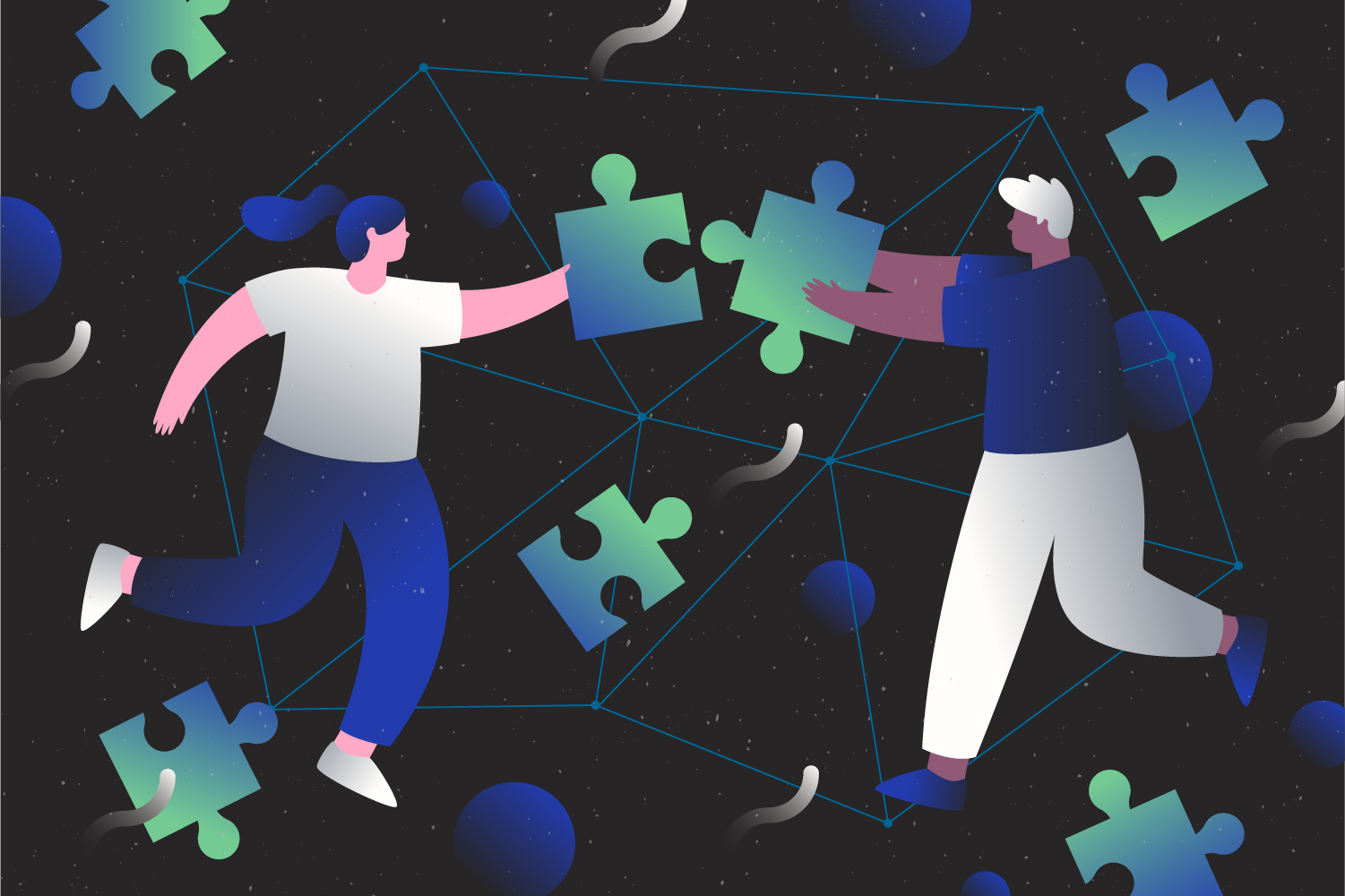Buyers are choosing who to buy from with a different set of standards than the traditional market has learned to accommodate. Their experiences in B2C environments have catapulted sellers who operate through multiple channels at any time, leverage expert-assisted guidance, and provide perfect-fit solutions to the front of the pack.
Their success boils down to their ability to make their products simpler to sell and easier to buy.
A new roadmap has emerged as the most direct path to sustainable, impactful commerce success: constructing specific touchpoints throughout the commerce experience in which your system can help buyers discover, configure, and augment their own unique solution.
Product Discovery
It’s near impossible to land a successful sale without leading your buyer to a product that fits their budget, needs, wants, and restrictions. Depending on how and what you sell, a prospective buyer could have thousands of options to parse through in efforts to find a satisfying match.
Instead of dropping them into an unfamiliar catalog and wishing them the best as they manually review entries and make their best guesses at which will actualize their goals, you can deliver a specifically curated, consumerized experience that helps them discover the perfect-fit solution in a timely, friendly manner.
Assisted product discovery, need-based matching protocol, good-better-best suggestions, and in-feed search results and recommendations can all work together to create a commerce path to connect customers with the products they need.
With assisted product discovery, buyers can outline their preferences and end goals from the get-go. Using this buyer input, the system can deploy internal product rules and logic to narrow in on potential solutions. This is where need-based matching protocol enters the scene, removing the pressure for buyers to identify unique product features that exist to deliver their desired results.
Based on the results of the system’s real-time inventory sweep, variations on high-value matches can be presented back to the buyer in a good-better-best format. This still allows the buyer to fully drive the selection process and leverage their own agency in finalizing a pick, but with lower risk and higher confidence.
The impact of visual commerce in the larger discovery pipeline cannot be overstated, as consumerized buyers and sales representatives alike have been socially conditioned to respond to certain visual cues.
Presenting best-fit options as clear, distinguishable, in-feed items maintains the momentum of the shopping experience by keeping things centralized, while increasing transparency and reducing confusion on details, prices, and other need-to-know specs.
Curating such an intentional product presentation for each unique customer, regardless of their own preferences and aims, starts the commerce funnel off strong and naturally leads buyers into the next phase, configuration.
Configuration
Just because a buyer has decided upon a product to move forward with doesn’t mean they’re ready to submit a final order and check out. Properly supported configuration allows for even the most nuanced and niche of adjustments to be made in real time and reflected clearly back to the buyer.
To keep configuration as smooth as possible, click-based product configuration, attribute-based logic, and compatibility control should all be facilitated within a visually engaging and dynamic setting.
It shouldn’t require intense education or a process of elimination to tailor a configurable product into a workable state. Click-based configuration means closer alignment with the plug-and-play mentality of modern buyers.
They can select and deselect options at will without requiring full reloads or new environments for each possibility. Sales representatives can spin up faster configurations in traditional environments with less ramp-up time, allowing them to invest more energy in generating new leads.
Attribute-based logic underscores the strongest configuration capabilities, carrying on the theme of need-based matching protocol over feature- or product-based rules. Here, the system calls back to the initial buyer input gathered during the discovery process, and returns with configuration recommendations that can get a base product closer to ideal shape.
Compatibility control acts as a series of guardrails that ensure configuration only makes a product stronger, and can actually be materialized. If incompatible or impossible selections are made, warning rules or error messages can deploy to redirect the configurerer to a better option.
Once a buyer reaches their ideal state of product modification, they can click through to continue the rest of the shopping process in a seamless step forward.
Recommendations
Before your buyer wraps up their shop for good, you have the opportunity to double-check their order and make last-chance, personalized recommendations based on the contents of their cart to optimize the final solution.
Cart enrichment intelligence can take stock of the individual items in a buyer’s order and suggest add-ons, upgrades, cross-sells, warranties, or complimentary accessories accordingly.
If a buyer has two out of three items included in a current promotion, the third could be recommended at a discounted price to complete the bundle and trigger any associated benefits, like free or prioritized shipping.
With cart enrichment intelligence, you can also store and utilize customer data to track trends in item selection and purchase size, helping you more accurately suggest and associate products for future buyers.
Taking a beat to go through custom optimization and final order confirmation can lead to higher value orders submitted in higher confidence, as buyers rest assured their outlined preferences and aims from the very beginning of the shop are still being considered.
The more individualized attention buyers feel their order is being given, the more trust they have in the ultimate success and alignment of your suggestions. If all goes as it's designed to, they’ll end up a satisfied customer carrying a higher chance of returning for repeat orders and spreading the word about your business.
In conjunction with one another, the discovery, configuration, and recommendation stages of an optimized commerce experience live up to the expectations of discerning buyers, sales representatives, and back-end administrators alike.
As it stands, the world-class, purpose-built Logik.io commerce logic engine stands as the premiere solution for unifying discovery, configuration, and recommendation capabilities within a headless, future-proof architecture.
With features like the proprietary Solving Engine 2.0, dynamic 3D visualization powered by Threekit, and low- to no-code design engineered by a team with over 100 years of industry experience, Logik.io can bring your commerce experience to a whole new level.
For an in-depth look at the business value of Logik.io, real-life examples of how other businesses have benefited from our engine, and access to a data-backed, easy-to-use calculator to estimate your own potential implementation ROI, download your free copy of The Logik.io Value Guide from our Resource Library today.

